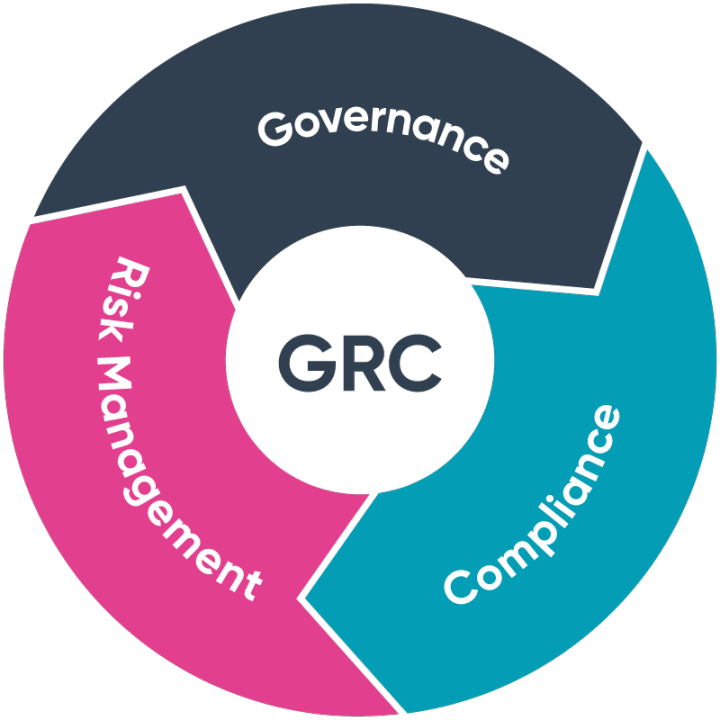
Securing the Future:
Mastering CMMC Ongoing Compliance -
Your FAQs Answered
Introduction: In an era where digital threats loom large over the horizon of national security, the Cybersecurity Maturity Model Certification (CMMC) emerges as a critical shield for the Defense Industrial Base (DIB). The CMMC framework, established by the Department of Defense (DoD), is not just a benchmark for cybersecurity; it’s a continuous commitment to safeguarding sensitive information. While achieving initial CMMC certification is a milestone, the real journey lies in maintaining ongoing compliance—a path fraught with complexities and evolving challenges. This article seeks to demystify CMMC ongoing compliance through a comprehensive exploration of the most pressing FAQs, providing organizations with the insights needed to navigate this crucial journey successfully.
What Exactly is CMMC Ongoing Compliance?
CMMC ongoing compliance refers to the continuous adherence to the cybersecurity practices and processes required by the CMMC framework. Unlike a one-time certification, ongoing compliance is a dynamic process that involves regular assessment, improvement, and validation of cybersecurity measures to meet evolving threats and regulatory updates.
Why is Ongoing Compliance Critical for DIB Organizations?
Cyber threats are not static; they evolve rapidly, exploiting new vulnerabilities and adapting to breach even the most advanced defenses. Ongoing compliance ensures that DIB organizations’ cybersecurity practices are not only up-to-date but also ahead of these threats, protecting sensitive data and maintaining the trust of the DoD and other stakeholders.
How Does Ongoing Compliance Differ From Initial Certification?
Initial certification is about meeting the CMMC requirements at a specific point in time. In contrast, ongoing compliance is about continuously monitoring, updating, and improving cybersecurity practices to ensure they remain effective against new threats and comply with updated CMMC requirements.
What Are the Key Components of a Successful Ongoing Compliance Strategy?
- Continuous Assessment: Regularly evaluate your cybersecurity measures against the latest CMMC standards and threat landscapes.
- Adaptive Improvement: Implement changes and improvements based on assessment outcomes, technological advancements, and emerging threats.
- Documentation and Reporting: Keep detailed records of cybersecurity policies, procedures, and changes to demonstrate compliance during audits.
- Training and Awareness: Continually educate employees about cybersecurity best practices and their role in maintaining compliance.
- Stakeholder Engagement: Ensure ongoing communication with all stakeholders, including suppliers, to maintain a secure supply chain.
How Can Organizations Ensure They Stay Compliant With Evolving CMMC Requirements?
Staying compliant requires a proactive approach:
- Stay Informed: Keep abreast of updates to the CMMC framework and related regulatory changes.
- Leverage Technology: Utilize cybersecurity tools and services that offer flexibility and scalability to adapt to new requirements.
- Seek Expertise: Consider partnering with cybersecurity experts who specialize in CMMC to get guidance on compliance strategies.
What Are the Challenges of Maintaining Ongoing Compliance, and How Can They Be Overcome?
One of the main challenges is the dynamic nature of cyber threats and the evolving CMMC framework. Organizations can overcome these challenges by fostering a culture of cybersecurity, where continuous improvement is part of the organizational ethos, and by investing in ongoing training and technology upgrades.
Can Ongoing Compliance Offer Competitive Advantages to Organizations?
Absolutely. Beyond meeting DoD requirements, ongoing compliance strengthens an organization’s cybersecurity posture, making it more resilient to attacks. This enhanced security can be a significant differentiator in the competitive DIB landscape, offering a competitive edge in bidding for contracts.
What Role Does Technology Play in Facilitating Ongoing Compliance?
Technology is pivotal. Automated tools for continuous monitoring, threat detection, and compliance management can significantly ease the burden of maintaining ongoing compliance. These tools not only improve efficiency but also enhance the effectiveness of cybersecurity measures.
How Frequently Should Organizations Assess Their Compliance Status?
The frequency of assessments can vary based on the organization’s size, complexity, and the sensitivity of the information it handles. However, a best practice is to conduct assessments at least annually or whenever significant changes occur within the organization or the CMMC framework.
What Happens If an Organization Falls Out of Compliance?
Falling out of compliance can have serious repercussions, including the loss of eligibility for DoD contracts. It’s crucial for organizations to identify compliance gaps quickly and address them promptly to minimize impacts and restore compliance status.
Conclusion: Ongoing CMMC compliance is not just a regulatory necessity; it’s a strategic imperative that underpins the cybersecurity resilience of DIB organizations. The journey is ongoing, marked by continuous evolution and adaptation to meet the challenges posed by an ever-changing threat landscape. By embracing a proactive, informed, and technology-enabled approach to compliance, organizations can not only meet the stringent requirements set forth by the DoD but also fortify their defenses against cyber threats, securing their place in the future of national defense. As we navigate this complex terrain, the insights provided in this article aim to serve as a beacon, guiding organizations towards successful and sustainable CMMC ongoing compliance.
Contact Cyber Defense Advisors to learn more about our CMMC solutions.




